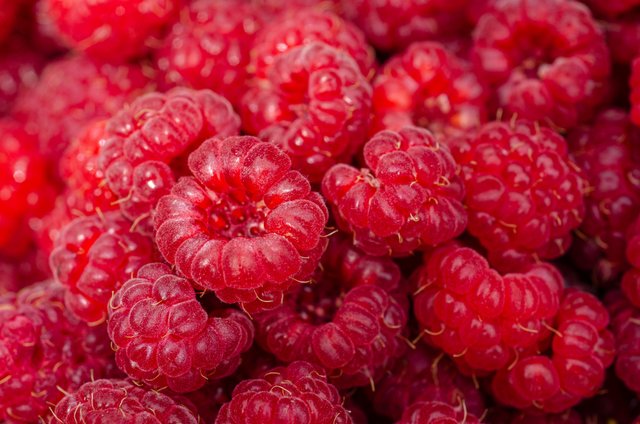
Upright shrub, 1-3 m tall; The branches have skin spines and are softly hairy when young. Single-leaf, ovate to ovate lanceolate, 5–12 cm long and 2.5–5 cm wide, tapering at the apex, slightly heart-shaped at the base, sometimes nearly truncated or nearly rounded, lighter on the upper color, fine soft hairs along the leaf veins, slightly darker in the underside, densely covered with fine soft hairs at a young age, gradually falling off to nearly glabrous in old age, sparse small spines along the midrib, no splitting or 3 fissures at the edges, usually 3 lobes on sterile branches, irregular sharp serrations or heavy serrations, and 3 veins at the base. The petiole is 1–2 cm long, sparsely haired with small skin spines, and densely hairy when young; The leaves are linear lanceolate and hairy.
Flowers grow solitary or rarely on short branches; The peduncle is 0.6–2 cm long and has fine soft hairs; the flower diameter can reach 3 cm; the calyx is densely covered with fine soft hairs without thorns; the sepals are ovate or triangular ovate, 5–8 mm long, sharply pointed to short tapering at the apex; the petals are oblong or oval, white, blunt at the apex, 9–12 mm long and 6–8 mm wide, longer than the sepals; the stamens are mostly, the filaments are broad and flattened; the pistils are mostly, and the ovary has soft hairs.
The fruit consists of many small stone fruits, nearly spherical or ovoid, 1–1.2 cm in diameter, red, densely covered with fine hairs; the nuclei are wrinkled. The flowering period is from February to March, and the fruit period is from April to June.
Authors get paid when people like you upvote their post.
If you enjoyed what you read here, create your account today and start earning FREE STEEM!
If you enjoyed what you read here, create your account today and start earning FREE STEEM!